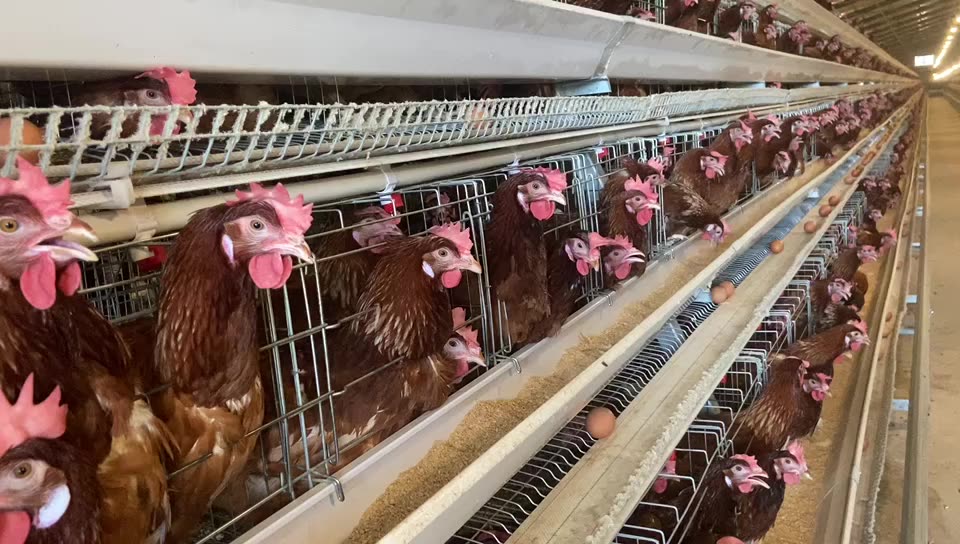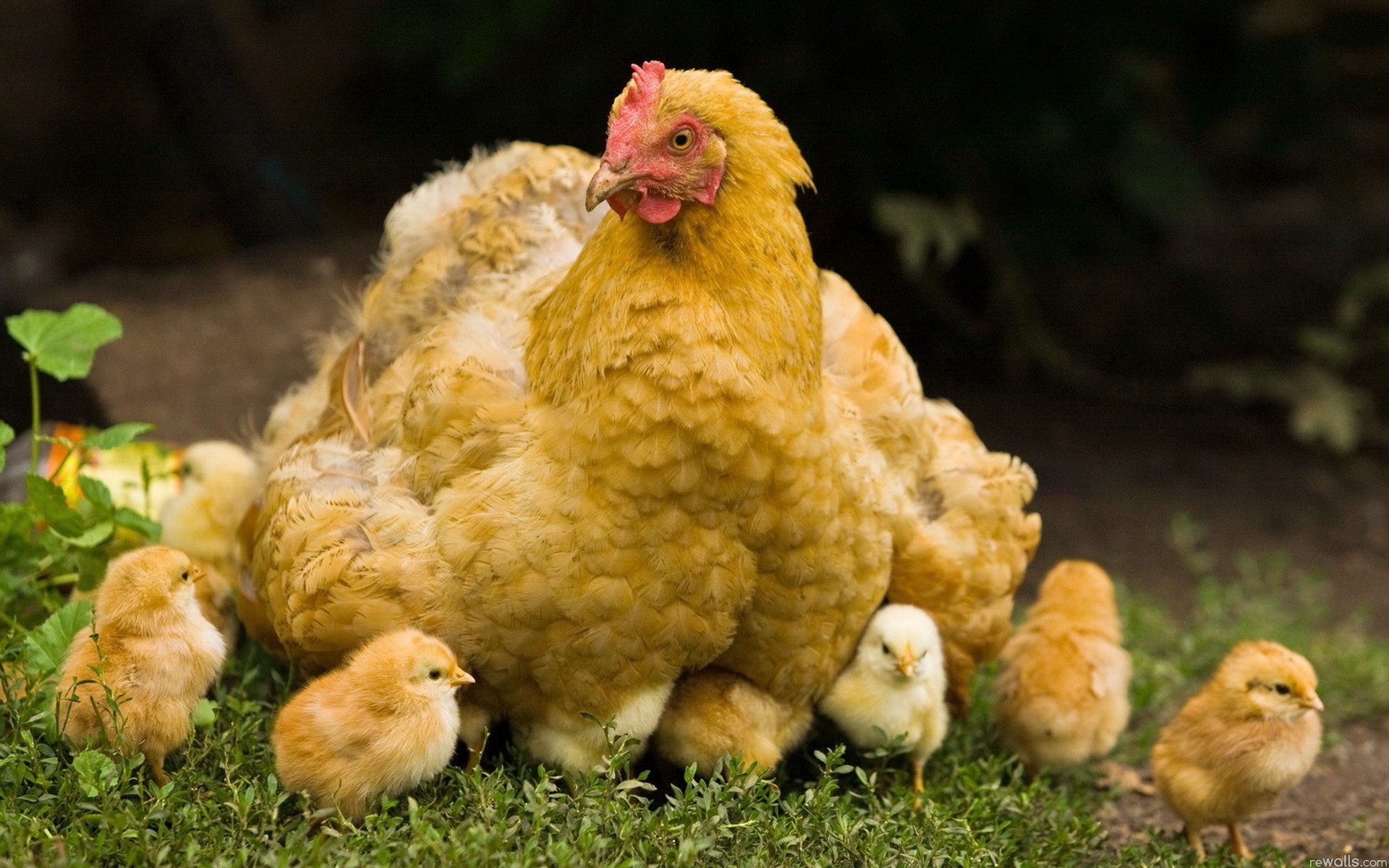The way we raise chickens for meat and eggs has a significant impact on animal welfare, food safety, and the environment. In recent years, cage-free chicken farming has emerged as a more ethical and sustainable alternative to conventional caged systems. This blog post will delve into the benefits of cage-free chicken farming, exploring how it improves the lives of chickens, contributes to food safety, and promotes environmental responsibility.
Improved Animal Welfare: A Core Benefit of Cage-Free Systems
One of the most compelling reasons to support cage-free chicken farming is the significant improvement it offers in animal welfare. Conventional caged systems confine chickens to small cages, severely restricting their natural behaviors. These cramped quarters can lead to a range of health problems, including feather pecking, bone deformities, and stress-related illnesses.
Increased Space and Natural Behaviors
Cage-free systems, on the other hand, provide chickens with more space to move around. This allows them to exhibit natural behaviors such as nesting, perching, dust bathing, and wing-flapping. These behaviors are essential for their physical and mental well-being. Studies have shown that cage-free chickens have stronger bones, fewer injuries, and reduced stress levels compared to their caged counterparts.
Reduced Risk of Injuries and Diseases
Cage-free environments also minimize the risk of injuries and diseases common in caged systems. Caged chickens can suffer from beak trimming and forced molting, practices used to manage aggression and increase egg production in cramped conditions. Cage-free systems allow for a more natural pecking order and reduce the need for such interventions. Additionally, the increased space in cage-free systems allows for better air circulation, which can help to prevent the spread of diseases.
Enhancing Food Safety: A Concern Addressed by Cage-Free Farming

Food safety is another crucial aspect of responsible chicken farming. Caged systems can create unsanitary conditions that contribute to the spread of foodborne illnesses. The close proximity of chickens in cages facilitates the transmission of diseases like salmonella.
Improved Hygiene and Disease Control
Cage-free systems offer better opportunities for maintaining hygiene and controlling disease outbreaks. The increased space allows for better manure management, reducing the risk of contamination. Additionally, cage-free systems often utilize nesting boxes, which promote laying eggs in a cleaner environment compared to cage floors.
Reduced Reliance on Antibiotics
The cramped conditions and stress associated with caged systems can compromise the immune system of chickens, making them more susceptible to infections. This often leads to the overuse of antibiotics in caged operations to prevent and control disease. Cage-free systems, by improving bird health and reducing stress, can help to decrease reliance on antibiotics in chicken production, leading to a safer and healthier food product for consumers.
Environmental Benefits: Promoting Sustainability Through Cage-Free Practices

The environmental impact of chicken farming is another significant consideration. Conventional caged systems can contribute to environmental pollution due to manure management issues.
Reduced Manure Concentration and Pollution
Cage-free systems, with their increased space and potential for litter use, allow for better manure management. The manure can be composted and utilized as fertilizer, reducing reliance on synthetic fertilizers and promoting soil health. Additionally, the reduced crowding in cage-free systems minimizes ammonia emissions, a pollutant associated with intensive poultry production.
Improved Air and Water Quality
Cage-free systems can also contribute to improved air and water quality. Caged systems often have higher levels of dust and ammonia, which can pollute the surrounding air. Cage-free systems, with better ventilation and manure management, can help to reduce air pollution. Additionally, the potential for manure runoff from caged systems is a concern for water quality. Cage-free systems, with proper manure management practices, can minimize the risk of water contamination.
Beyond the Benefits: Addressing Concerns and Considerations

While cage-free chicken farming offers numerous advantages, it’s important to acknowledge some potential challenges and considerations.
Higher Costs and Management Needs
Cage-free systems generally require more space and investment compared to traditional caged operations. This can translate to higher production costs for farmers. Additionally, managing cage-free systems may require adjustments in practices to ensure bird health and hygiene.
Potential for Increased Bird-to-Bird Transmission of Diseases
While cage-free systems provide more space, they still involve raising large numbers of chickens in a single environment. This can increase the risk of bird-to-bird transmission of diseases. However, this risk can be mitigated through proper biosecurity measures, vaccination programs, and flock monitoring.
Conclusion: A Shift Towards a More Humane and Sustainable Future
Cage-free chicken farming offers a compelling alternative to conventional caged systems. By promoting improved animal welfare, enhancing food safety, and fostering environmental sustainability, cage-free practices represent a more ethical and responsible approach to chicken production. As consumers become increasingly aware of these benefits, the demand for cage-free chicken products is likely to continue growing. This shift in consumer preference, couple

